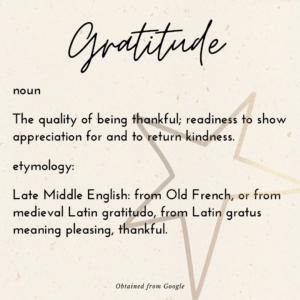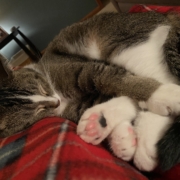The Confessional Podcast Review
I am a podcast addict. History, current events, personal growth, science – I listen to more podcasts than is probably healthy for a person. Some of my favorite podcasts involve people sharing stories about their lives. The types of deep, open conversations that would make most people uncomfortable. That’s my jam. The podcast I highlight here creates a space for those types of conversations and intimacy.

This image is taken from Audible.com.
Nadia Bolz-Weber is a minister and founder of the House For All Sinners and Saints church in Denver, CO. She is the author of 3 books, a YouTube limited series called Have a Little Faith produced by Makers, and an outspoken advocate for the outcasts. She began The Confessional podcast in April 2020.
The Confessional is a place for people to share things they have done they are not proud of. We all have done things we aren’t proud of, so the conversations had here are for all of us. The conversations in the podcast are frank, intimate, and use adult language. I get a big kick out of hearing an ordained minister use the F-word. If you don’t like coarse language, then this podcast may not be for you. The use of adult language only makes me enjoy this podcast more because the focus is on accepting and embracing our humanness, not about being “perfect” or conforming to what some religion thinks is appropriate behavior. Bolz-Weber focuses on honoring all our parts, not just the shiny clean pieces. She wants to have read discussions about all parts of the human experience.
Bolz-Weber offers the guest a prayer at the end of each episode. She emphasizes that while the prayer may be specifically written for her guest, it could be for any one of her listeners. She offers absolution not just to her guest, but to all of us. Her confessional encompasses all of us. Her grace, compassion, and love envelopes all who listen to the conversation.
The thing I love the most about this podcast is it shares stories of real humans in an authentically compassionate way. Bolz-Weber creates a space for her guests to share their biggest secrets and shames in life in a real, compassionate space. By providing a place for her guest to share their story, Bolz-Weber creates a space for all of our stories to be told, examined, and accepted. Being human is messy. We mess up. We do things we are not proud to admit. Bolz-Weber allows us to accept the flaws of our humanness, embrace our screw-ups, learn from them, and do better in the future. She practices the kind of compassion that Jesus taught. While I am not a Christian, I still believe Jesus was a good person and taught us how to love each other. Bolz-Weber is a walking example of the behavior of Jesus. Listening to these stories reminds me that while I am not perfect, there is always the opportunity to do better in the next moment.
Until we have examined our dark secrets, shames, and mistakes and accepted that we are fallible and imperfect humans, we are unable to embrace who we are and the journey we are undertaking on this planet. Until we can reconcile our undesirable pieces, we can’t grow into the person we wish to be. Bolz-Weber opens the door for each of us to examine and accept those pieces of ourselves so that work can begin.
You can find The Confessional on Spotify, Apple Podcasts, Audible, or wherever you get your podcasts.
Some of my favorite episodes of The Confessional
Dr. Ray Christian, Storyteller and Fulbright Specialist
Forgiveness and Reconciliation with Rabbi Danya Ruttenberg
Kasey Anderson, Singer/Songwriter
Megan Phelps-Roper, Former Member of the Westboro Baptist Church


 © Catherine Haslag
© Catherine Haslag
 © Catherine Haslag
© Catherine Haslag A gratitude practice became a part of my life a handful of years ago. At the time I started this practice all I could see was everything that was “wrong” in the world. I was wasting so much energy on what didn’t appear to be “right” and was looking for a way to shift that energy into something productive. Someone suggested that I cultivate a gratitude practice to shift my attitude and view of life. They challenged me to see the flowers on the wallpaper rather than focus on the cracks in the plaster.
A gratitude practice became a part of my life a handful of years ago. At the time I started this practice all I could see was everything that was “wrong” in the world. I was wasting so much energy on what didn’t appear to be “right” and was looking for a way to shift that energy into something productive. Someone suggested that I cultivate a gratitude practice to shift my attitude and view of life. They challenged me to see the flowers on the wallpaper rather than focus on the cracks in the plaster. About halfway through lockdown in 2020, I decided to add something else tangible to my gratitude practice, so I brought the gold star back into my life. This was a simple, visible, and slightly quirky way for me to show gratitude to myself and those around me. It was also a way to spread a little childhood joy in the grind of adulthood.
About halfway through lockdown in 2020, I decided to add something else tangible to my gratitude practice, so I brought the gold star back into my life. This was a simple, visible, and slightly quirky way for me to show gratitude to myself and those around me. It was also a way to spread a little childhood joy in the grind of adulthood. © Catherine Haslag
© Catherine Haslag

 It took some time, but she started to venture out. She didn’t run when I walked past her or bent to scratch behind her ears. She snuggled at my feet in the evening when I read and slept between my legs at night. She found the squirrels that live in the tree on my patio and tracked the birds that perch in the front bush. She climbed to the top of her cat tree and watched the cars pass on the street. She made this her home and picked me as her human. She became a different feline. My boyfriend was amazed at the change in Piney and decided she had picked her forever home. She stayed with me.
It took some time, but she started to venture out. She didn’t run when I walked past her or bent to scratch behind her ears. She snuggled at my feet in the evening when I read and slept between my legs at night. She found the squirrels that live in the tree on my patio and tracked the birds that perch in the front bush. She climbed to the top of her cat tree and watched the cars pass on the street. She made this her home and picked me as her human. She became a different feline. My boyfriend was amazed at the change in Piney and decided she had picked her forever home. She stayed with me.